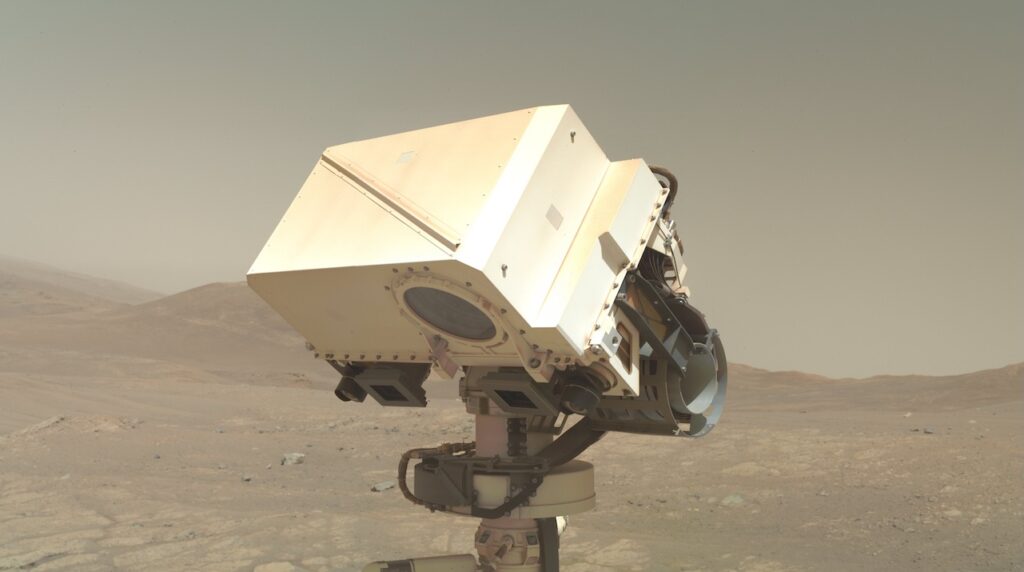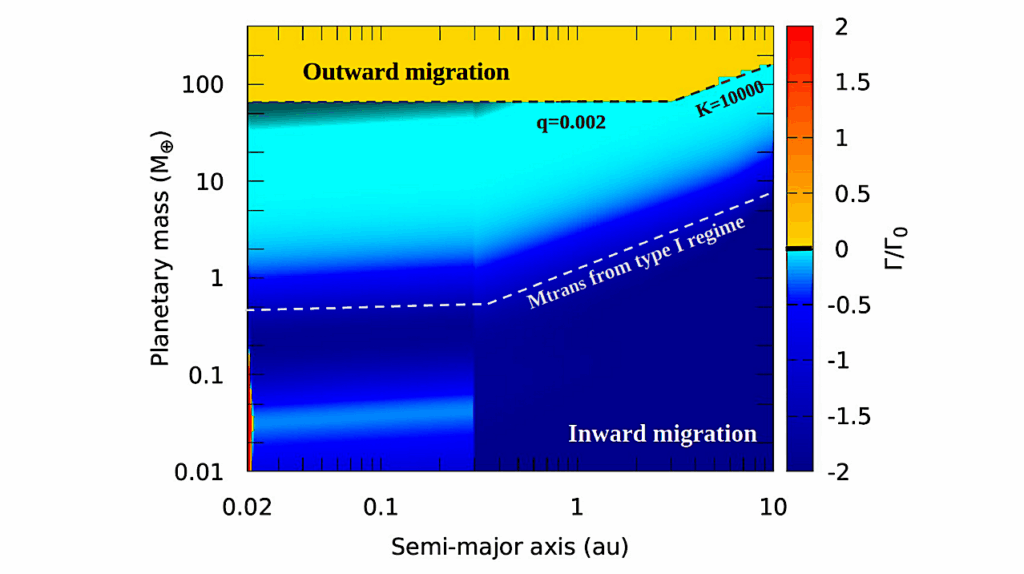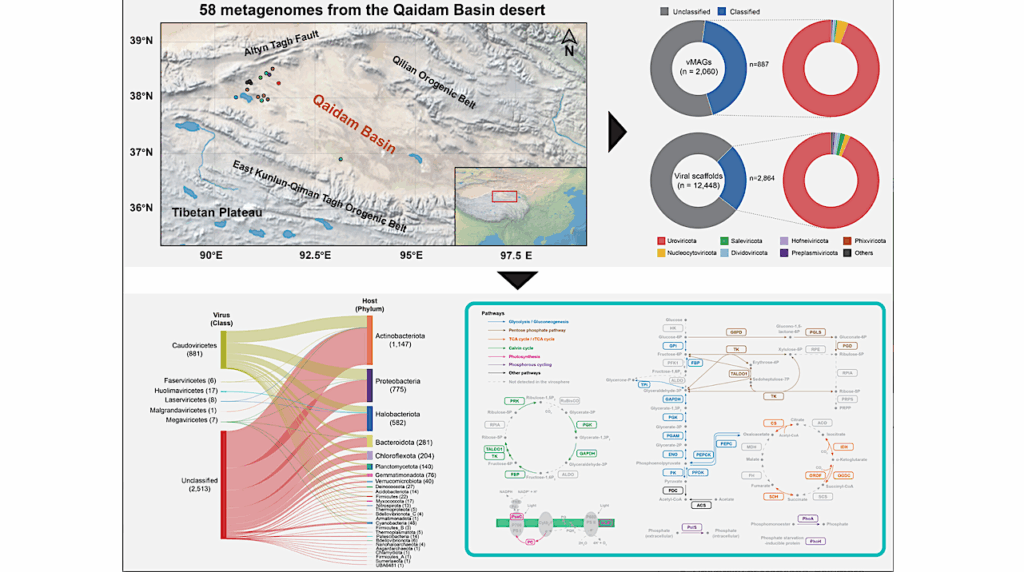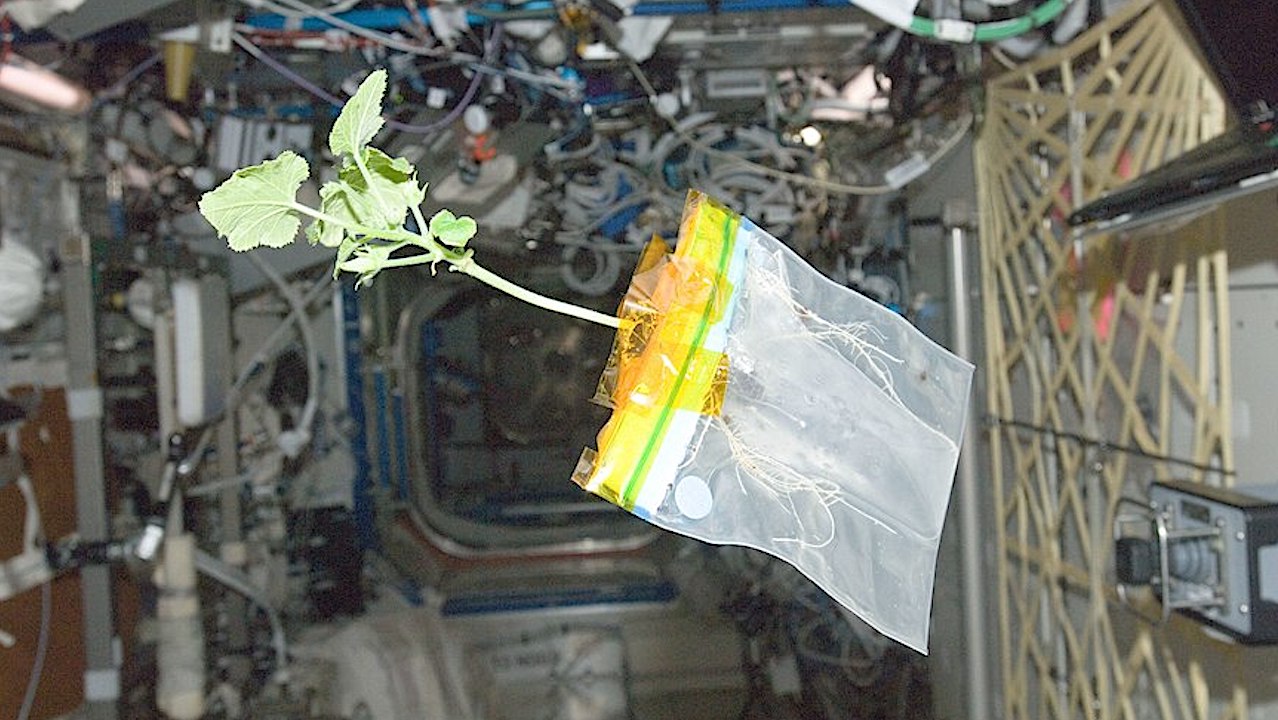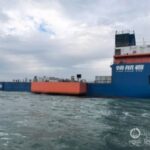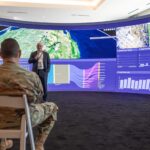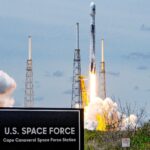Now Reading: NASA Spaceline Current Awareness List #1,148 9 May 2025 (Space Life Science Research Results)
-
01
NASA Spaceline Current Awareness List #1,148 9 May 2025 (Space Life Science Research Results)
NASA Spaceline Current Awareness List #1,148 9 May 2025 (Space Life Science Research Results)


The abstract in PubMed or at the publisher’s site is linked when available and will open in a new window.
Journal Impact Factor: 3.3
Funding: “The authors thank the cosmonauts and astronauts who volunteered to participate in these studies; the staff of the NASA JSC Cardiovascular and Vision Laboratory, the NASA JSC Neuroscience Laboratory, and the Institute of Biomedical Problems who coordinated the research activities, collected the data, and summarized the results; the NASA and Russian ground support and medical teams who made these tests in the field possible; and the Research Operations Integration Element for overall coordination of scheduling of data collection sessions. Ms. Sarah Pickering was instrumental in the editing and formatting of the final manuscript. This research was funded by NASA’s Human Research Program and the Russian Academy of Sciences (FMFR-2024-0033). Part of this data was collected under the Standard Measures Cross-Cutting Project of NASA’s Human Research Program.”
Journal Impact Factor: 5.1
Funding: “This study was supported by grant 80NSSC22K0023 through the Human Research Program of the National Aeronautics and Space Administration (NASA).”
Journal Impact Factor: 5.7
Funding: “This work was supported by 2019 HERO 80JSC019N0001-FLAGSHIP & OMNIBUS: Human Research Program Crew Health. Appendix A&B.”
Funding: “This study received partial support from the National Institutes of Health (NIH) for N.-T.L. (HL157790, HL149303, HL163857, HL134740), J.P.C. (HL148338, HL157790), and J.A. (HL149303, AI156921). Additional funding was provided by NASA, BARDA, and the USFDA (Contract No. 80ARC023CA002). J.A. and Schadler were also supported by the Cancer Prevention and Research Institute of Texas (CPRIT, RP190256). The study was further supported by the NIH NHLBI (Award No. R01HL157790), an NSF CAREER Award (No. 1944322) to A.J., and an Institutional Research Grant (IRG) Program from the University of Texas MD Anderson Cancer Center to S.K. G.W. received support from the National Institute of General Medical Sciences (NIGMS, R35GM150460).”
Journal Impact Factor: 6.1
Funding: “J.T.H. received funding support via the SMART Scholarship-for-Service Program. V.V.Y. received partial funding support from the Air Force Office of Scientific Research (AFOSR) (grantsFA9550-20-1-0366, FA-9555-23-1-0599), the National Institutes of Health (NIH) (grants R01GM127696, R01GM152633, R21GM142107, R21CA269099), and NASA, BARDA, NIH, and USFDA, under Contract/Agreement No. 80ARC023CA002.”
astrobiology, ISS, Microgravity, space biology, space life science, space medicine,
Stay Informed With the Latest & Most Important News
-
 012024 in Review: Highlights from NASA in Silicon Valley
012024 in Review: Highlights from NASA in Silicon Valley -
 02Panasonic Leica Summilux DG 15mm f/1.7 ASPH review
02Panasonic Leica Summilux DG 15mm f/1.7 ASPH review -
 03From Polymerization-Enabled Folding and Assembly to Chemical Evolution: Key Processes for Emergence of Functional Polymers in the Origin of Life
03From Polymerization-Enabled Folding and Assembly to Chemical Evolution: Key Processes for Emergence of Functional Polymers in the Origin of Life -
 04How New NASA, India Earth Satellite NISAR Will See Earth
04How New NASA, India Earth Satellite NISAR Will See Earth -
 05And Thus Begins A New Year For Life On Earth
05And Thus Begins A New Year For Life On Earth -
 06Astronomy Activation Ambassadors: A New Era
06Astronomy Activation Ambassadors: A New Era -
07SpaceX launch surge helps set new global launch record in 2024












